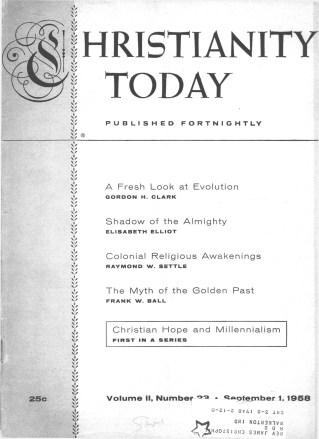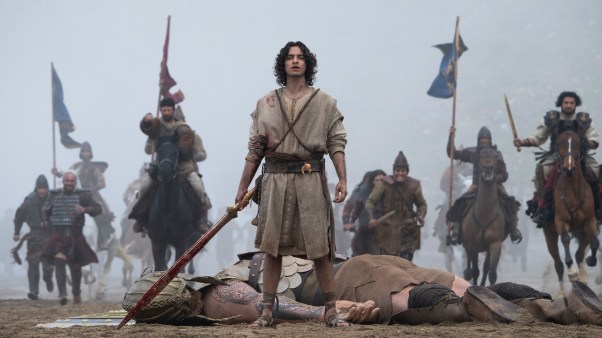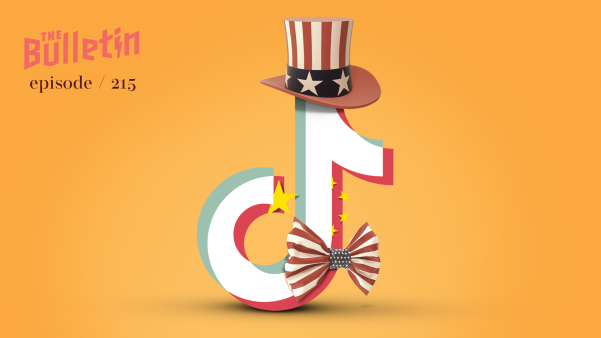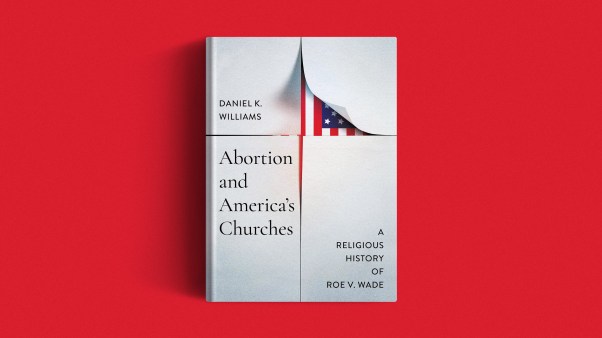The Middle Colony Revival, 1720
American interest in revivals goes as far back as the first quarter of the eighteenth century and continues even to this day. Indeed American Protestant churches whether they be Presbyterian, Baptist or Methodist, have regarded the annual revival meeting as much a part of their regular work as Sunday services and midweek prayer meetings. Revival meetings are not so common as they were a generation ago, but they are still regarded as an effective method of evangelism in many denominations and local churches.
Colonial awakenings, of which there were three, constituted a single movement which swept through the colonies from Maine to Georgia. They came to be known as “The Great Awakening.” None began simultaneously; traceable connections between them are slight. Each can be considered as a separate movement.
Dutch Reformed Evangelism
Four small Dutch Reformed churches in the Raritan Valley of central New Jersey were the center of the first revival in 1720. The revival was instigated under the preaching of Theodore Jacobus Frelinghuysen. Influenced by the Pietism of Holland, Frelinghuysen preached the Spener doctrines of experimental knowledge of religion, individual conversion, and purity of Christian character. The doctrines he preached were apparently new to his rough, complacent, ritualistic-minded parishioners for they proved to be at once astounded and outraged. He organized prayer meetings with laymen helping him. Opposition mobilized, factions developed, and certain Dutch Reformed ministers in New York sought to silence him. Disaffected church members even published a 246-page book against him.
But despite opposition, Frelinghuysen’s evangelism bore glorious fruit in numerous conversions and the transformation of several communities. The year 1726 especially witnessed a remarkably large number of conversions. As word of his successful evangelism spread, Frelinghuysen was invited to preach in other communities and the revival extended beyond Raritan Valley. And to counter the opposition of his fellow ministers, he began publishing his sermons. Although he eventually gained the support of most of the Dutch ministers, opposition to Frelinghuysen continued and even divided the Dutch church for many years.
Presbyterians Aflame
When the effect of Frelinghuysen’s preaching was at its height, young Gilbert Tennent, son of a Presbyterian pastor of Neshaminy, 18 miles north of Philadelphia, was called to preach at the New Brunswick Presbyterian Church, New Jersey. Having been taught evangelical doctrines by his father, Gilbert enthusiastically joined Frelinghuysen’s efforts. With a zeal equal to, if not surpassing, that of the Dutch minister, he preached sin, retribution, repentance, faith, and conversion to the English Presbyterians that resulted in hundreds of conversions.
Meanwhile, others were preaching the Gospel elsewhere. At Neshaminy William Tennent, Gilbert’s father, opened a school in 1726, derisively called “Log College,” for the training of young men for the ministry. In time, his three other sons, William, John, and Charles, were graduated from the school and became pastors of churches in central New Jersey. Samuel Blair, another graduate and an ardent revivalist, located at Shrewsbury, New Jersey. In 1738, five evangelical ministers, three of them Log College men, established the New Brunswick Presbytery, and by that time, the revival had spread yet further. Aaron Burr, Sr., was preaching at Newark; and in the highlands of New York a group of Yale graduates, including Jonathan Dickinson, joined the evangelicals. The following year a revival began at Fagg’s Manor, Pennsylvania, where Samuel Blair had gone to preach.
Although the revival was largely Presbyterian and a blessing primarily to that church, its ministers were divided concerning it. The conservative “Old Side” ministers with a Scotch-Irish and Scottish university background, opposed and derided Log College and its imperfectly trained graduates known as “New Side.” They opposed the revival because of its fervid, extemporaneous preaching and exhortations. “Falling exercises,” regarded as evidences of conversion, were common. Whereas Old Side ministers believed them to be the work of the devil, those of the New Side believed them to be approved of God. This opposition to revival and the licensing of imperfectly trained ministers tragically divided Presbyterian ranks and created a cleavage which was not healed until 1758. Then, largely through the efforts of Gilbert Tennent, the Synod of New York (New Side) and that of Philadelphia (Old Side) united. (Belcher, op. cit., pp. 119–120; Hays, Presbyterians, pp. 91–93, 112; and Sweet, Religion in Colonial America, p. 279.)
Arrival Of Whitefield
The year of 1730, a notable one for American Christianity, witnessed the arrival of 26-year-old George Whitefield, already famous for his evangelical preaching in England. Whitefield, a Church of England priest, welcomed as colaborers Baptists, Presbyterians, Quakers, Lutherans, Congregationalists, Dutch Reformed, and anyone else who preached individual conversion. As he crossed the Atlantic, he wrote to a clergyman friend in England: “The partition wall has for some time been broken down out of my heart, and I can truly say, whoever loves the Lord Jesus, ‘the same is my brother, and sister, and mother.’ ”
Landing at Lewes, Delaware, he began his tour in central New Jersey, where Frelinghuysen and the revivalist Presbyterians had labored successfully for more than 10 years. From the very first, people flocked to hear him, and many were converted. New Side Presbyterians welcomed him enthusiastically, and did everything in their power to assist him.
Whitefield preached doctrines coinciding with the Articles of the Church of England and those proclaimed by the revivalists. He declared all men to be sinful by nature with the condemnation of God resting upon them. Salvation from that lost condition was by the grace of God through faith. Good works, he declared, had no share in man’s justification; there was need for regeneration through the agency of the Holy Spirit.
From the very beginning of Whitefield’s tour, people came in such great numbers to hear him that the largest meeting houses could accommodate only a fraction of them. On his first visit to Philadelphia, his impact was so immense that business throughout the city was almost suspended; and on Sundays the crowds were so large that the Lord’s Supper had to be served three or four times. During his stay, not less than 26 societies for prayer were organized. Concerning his influence upon the people in Philadelphia, a local newspaper said: “The change to religion here is altogether surprising, through the influence of Whitefield; no books sell but religious, and such is the general conversation” (Belcher, George Whitefield, pp. 101–102).
After Whitefield’s visit, services of worship were held in the city twice a day for a whole year. When he left to go to New York, people in towns and rural communities along the way abandoned their occupations and fields to hear him. On the way he met Gilbert Tennent, heard him preach and commented, “Never before heard I such a searching sermon. He went to the bottom indeed, and did not ‘daub with untempered mortar.’ He convinced me, more and more, that we can preach the Gospel of Christ no further than we have experienced the power of it in our hearts” (Belcher, op. cit., pp. 119–120).
Whitefield’s success in New York was greater than that which he had enjoyed in Philadelphia. Thousands heard him and thousands more were influenced by his printed sermons. From New York, he went to New England at the invitation of a leading Congregational minister in Boston. Then, late in 1739, he took ship for Savannah, Georgia, where he founded an orphanage called Bethesda.
Of the number converted under Whitefield’s preaching, no estimate is possible, but it is certain that it ran into the thousands. Naturally his very success intensified the opposition that had existed from the beginning toward the revival movement. Whitefield said, “An opposer told me I had unhinged many good sort of people. I believe it.”
Although the impact of the revival was everywhere popular with the common people, the Old Side Presbyterian ministers continued to oppose it. Their most strenuous objection was that the revivalists, including Whitefield, deliberately promoted faintings, shoutings, “falling exercises,” commotion and wild disorder. There was no denial that these things took place, but the revivalists interpreted them as the work of God.
Pattern For The Future
This entire revival is significant, not only because it was the first in America, but because it began without previous planning on the part of Frelinghuysen, Gilbert Tennent, or anyone else, without advertising, and without fanfare of trumpets. The news that sinners were being saved, and those already Christians were being lifted to a higher plane of living aroused interest everywhere. To a people who all their lives had been accustomed to cold, lifeless preaching, with scarcely a reference to inner, personal experience with Christ, all of it was nothing short of phenomenal. In both Gospel and mode of preaching, the revivalists followed the ways of those in apostolic days. And in this they set the fundamental pattern for all revivals to come.
This is the first of two articles on the Colonial awakenings of the Eighteenth Century. Raymond W. Settle, a retired Baptist minister, devotes his time to historical research and writing on American history, particularly of religion on the frontier. Author of several books, he lives in Monte Vista, Colorado.










